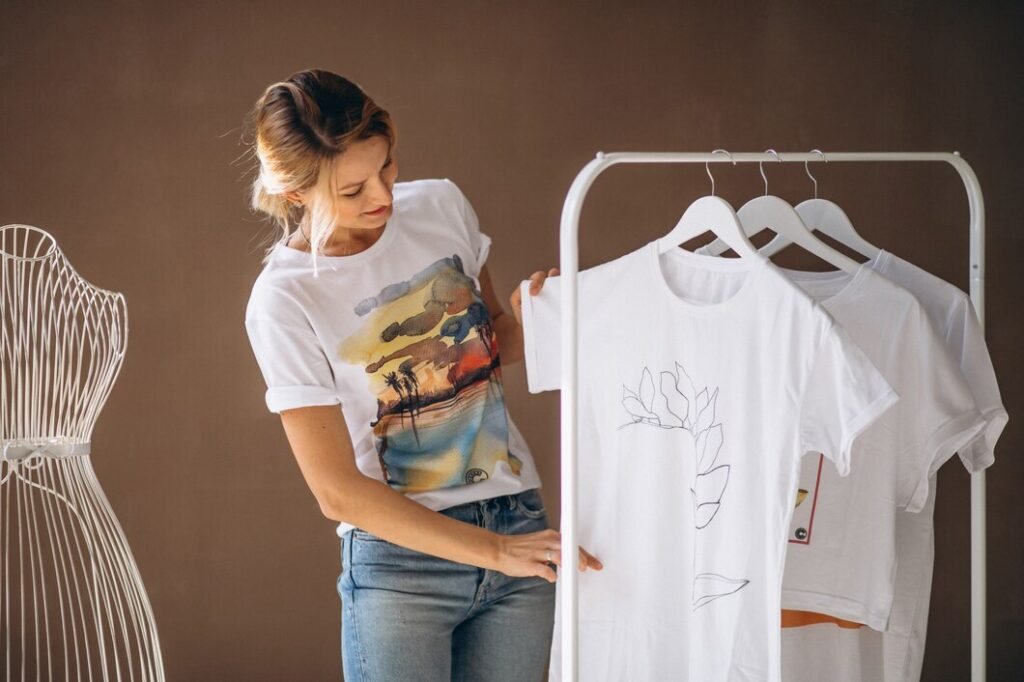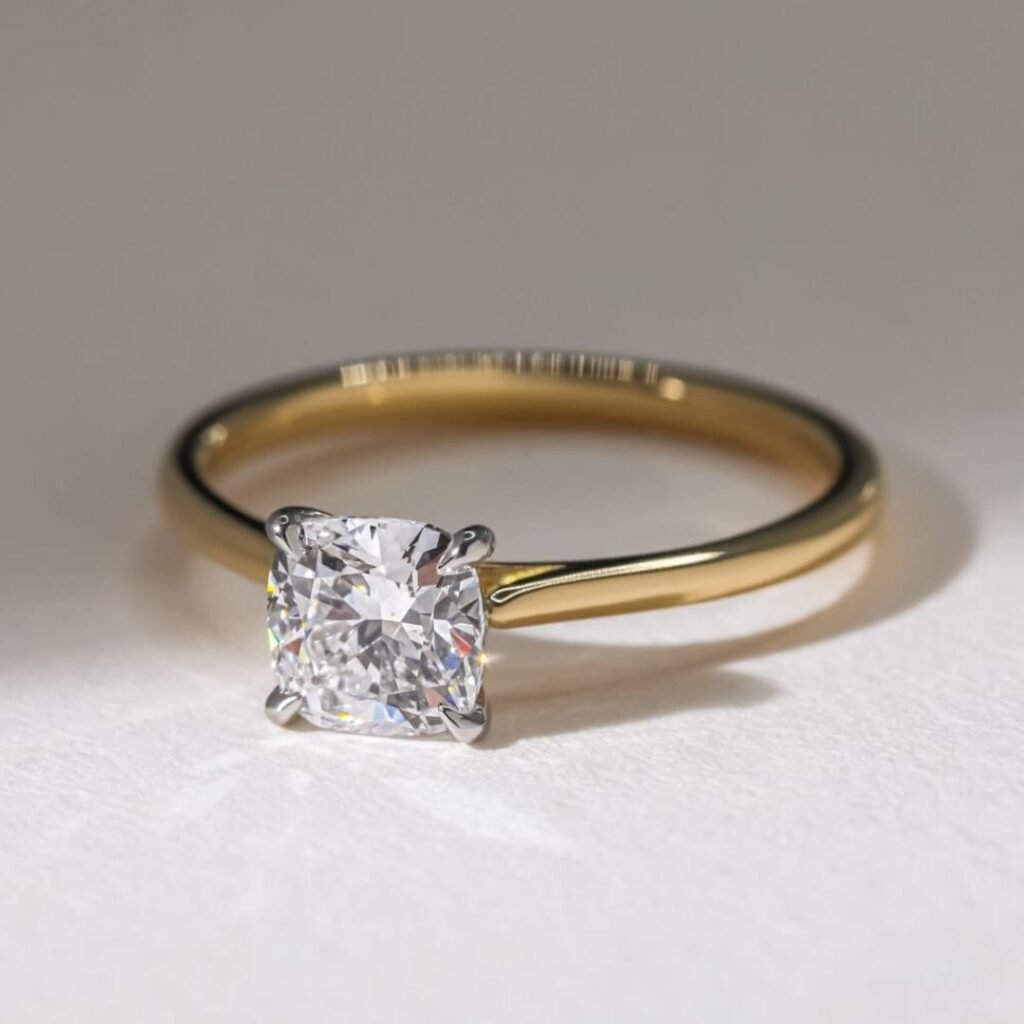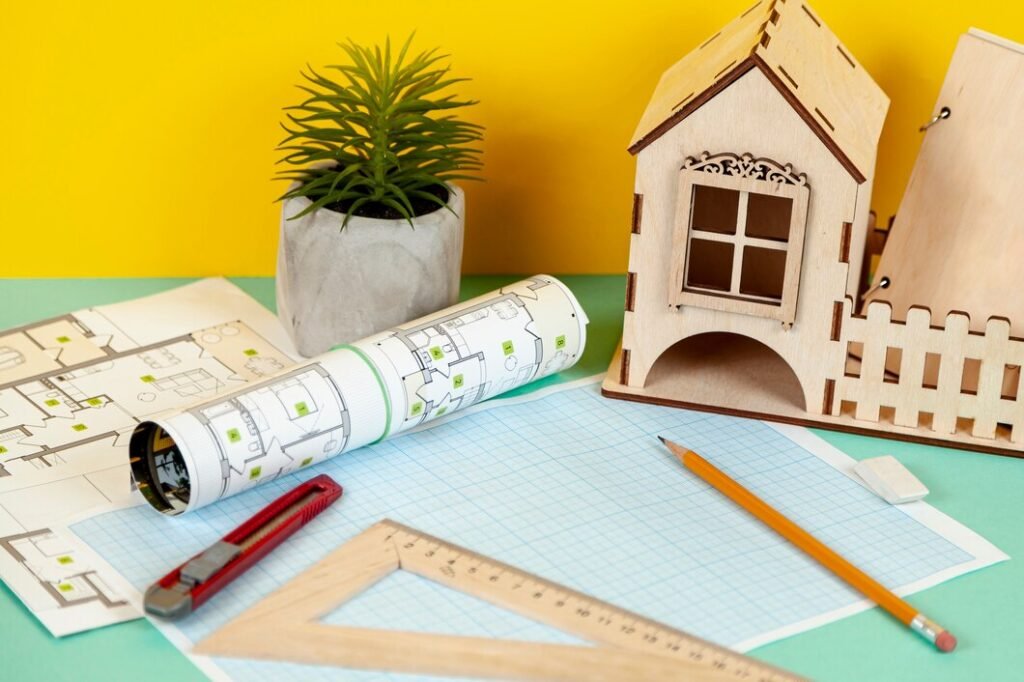In today’s digital age, creating custom t shirts online has never been easier. Whether you’re looking to promote your brand, design a unique gift, or simply express your creativity, online platforms offer a wide array of tools and options to bring your vision to life. In this comprehensive guide, we’ll explore everything you need to know about ordering personalized apparel, from design tips to choosing the right printing method and platform.
Why custom t shirts?
custom t shirts are more than just clothing—they’re a canvas for personal expression. Businesses use them for branding, events, and giveaways, while individuals love them for personalized gifts or themed events. The flexibility of custom t shirts online allows anyone to create something unique and meaningful. Plus, with the rise of e-commerce, ordering custom apparel is now accessible to everyone, no matter your location or budget.
How to Design Your Custom T-Shirt Online
Creating a design for your custom t-shirt is the first and most important step. Whether you’re a seasoned graphic designer or a complete novice, online platforms make the design process simple and intuitive.
1. Choose the Right Online Platform
There are numerous platforms available for designing and ordering custom t shirts online. Some popular options include Teespring, Printful, Custom Ink, and Vistaprint. These platforms offer user-friendly design tools, a variety of t-shirt styles, and competitive pricing. When selecting a platform, consider factors such as:
- Design Flexibility: Does the platform allow you to upload your own images, or are you limited to pre-made templates?
- T-Shirt Quality: What materials are available? Look for platforms that offer high-quality cotton or blends.
- Printing Options: Does the platform offer screen printing, direct-to-garment (DTG), or heat transfer? We’ll discuss these methods later.
- Shipping and Delivery: Check the platform’s delivery times and shipping costs, especially if you’re ordering in bulk.
2. Create or Upload Your Design
Once you’ve selected a platform, it’s time to start designing. Most platforms provide a simple drag-and-drop interface where you can:
- Upload Images or Logos: Use high-resolution images to ensure crisp, clear prints. Many platforms accept file formats like PNG, JPEG, and SVG.
- Add Text: Customize your text with various fonts, colors, and sizes. Remember to keep your text legible and avoid overcrowding the design.
- Select Colors: Choose from a range of t-shirt colors. Consider how your design will contrast against the shirt fabric.
- Position Elements: Arrange your images and text to create a balanced, visually appealing design. Many platforms offer guidelines to help you align your elements perfectly.
3. Design Tips for a Professional Finish
To make your custom t-shirt stand out, keep these design tips in mind:
- Simplicity is Key: Avoid cluttering your design with too many elements. A clean, simple design often has the most impact.
- Consider the Audience: Who will be wearing your t-shirt? Tailor your design to appeal to your target audience, whether it’s a corporate event or a casual gathering.
- Use High-Contrast Colors: Ensure your design is visible from a distance by using contrasting colors. For example, white text on a black t-shirt is more readable than light gray text on a white shirt.
- Think About Placement: Standard designs are usually placed in the center of the chest, but consider other placements, like the back, sleeves, or even a small logo on the pocket area.
Choosing the Right Printing Method
When ordering custom t shirts online, it’s crucial to choose the right printing method to ensure your design looks its best. Different printing techniques offer varying levels of durability, color vibrancy, and cost-effectiveness. Here’s a breakdown of the most common methods:
1. Screen Printing
Screen printing is a popular choice for bulk orders because it’s cost-effective and produces vibrant, durable prints. This method involves creating a stencil (or screen) for each color in your design and then applying ink through the screens onto the fabric.
- Pros: Best for large orders, long-lasting, vibrant colors.
- Cons: Not ideal for designs with many colors or intricate details, higher setup costs.
2. Direct-to-Garment (DTG) Printing
DTG printing works like an inkjet printer, spraying ink directly onto the fabric. This method is ideal for designs with many colors and intricate details.
- Pros: Great for detailed designs, no minimum order quantity, quick turnaround.
- Cons: Less durable than screen printing, especially after multiple washes.
3. Heat Transfer Printing
Heat transfer printing involves using heat to transfer a design from a special paper onto the t-shirt. This method is commonly used for photo prints or small batch orders.
- Pros: Good for small orders, photo-quality prints, easy to apply.
- Cons: Less durable, may crack or peel over time, especially after washing.
4. Embroidery
For a more upscale look, consider embroidery. This method involves stitching your design directly onto the fabric, creating a textured, professional finish.
- Pros: High-quality, long-lasting, adds texture.
- Cons: More expensive, limited to simpler designs, not suitable for detailed images or gradients.
Choosing the Right T-Shirt Material
The fabric of your t-shirt is just as important as the design. Different materials offer varying levels of comfort, durability, and print quality.
1. Cotton
Cotton is the most common material for custom t shirts online due to its softness and breathability. It’s comfortable to wear and works well with most printing methods. However, pure cotton can shrink after washing, so consider pre-shrunk options if available.
2. Cotton-Polyester Blends
A blend of cotton and polyester offers the best of both worlds. These t-shirts are soft, durable, and less likely to shrink or wrinkle. They’re also great for moisture-wicking, making them ideal for athletic wear.
3. Tri-Blends
Tri-blend t-shirts combine cotton, polyester, and rayon for a super-soft feel. They’re lightweight, breathable, and offer a vintage, worn-in look. However, tri-blends can be more expensive and may not be as durable as pure cotton or cotton-poly blends.
Placing Your Order and Final Considerations
Once your design is complete, review all the details before placing your order. Double-check the following:
- Design Accuracy: Ensure your design is correctly positioned, and all elements are aligned. Preview the shirt from different angles if the platform offers a 3D view.
- Quantity: Most platforms offer discounts for bulk orders, so consider ordering extra if you need multiple t-shirts.
- Sizing: Review the size chart carefully to ensure the shirts will fit as expected. If you’re ordering for a group, collect everyone’s sizes in advance.
- Shipping Details: Confirm your shipping address and delivery date. Some platforms offer expedited shipping if you need your t-shirts quickly.
Conclusion
Ordering custom t shirts online is a fun and creative way to express yourself, promote your brand, or create memorable gifts. By choosing the right platform, designing with care, and selecting the appropriate printing method and materials, you can create high-quality custom apparel that stands out from the crowd. Whether you need a single shirt or a bulk order, the process is easier than ever, and the possibilities are endless.
Also Read: BiographyA Day in the Life at Kelsey Kane Gym: What to Expect




Pingback: The Timeless Elegance of Two Tone Engagement Rings: White and Rose Gold - rankingdream.com
Pingback: How to Leverage Architectural Drafting for Efficient Building Renovations - rankingdream.com